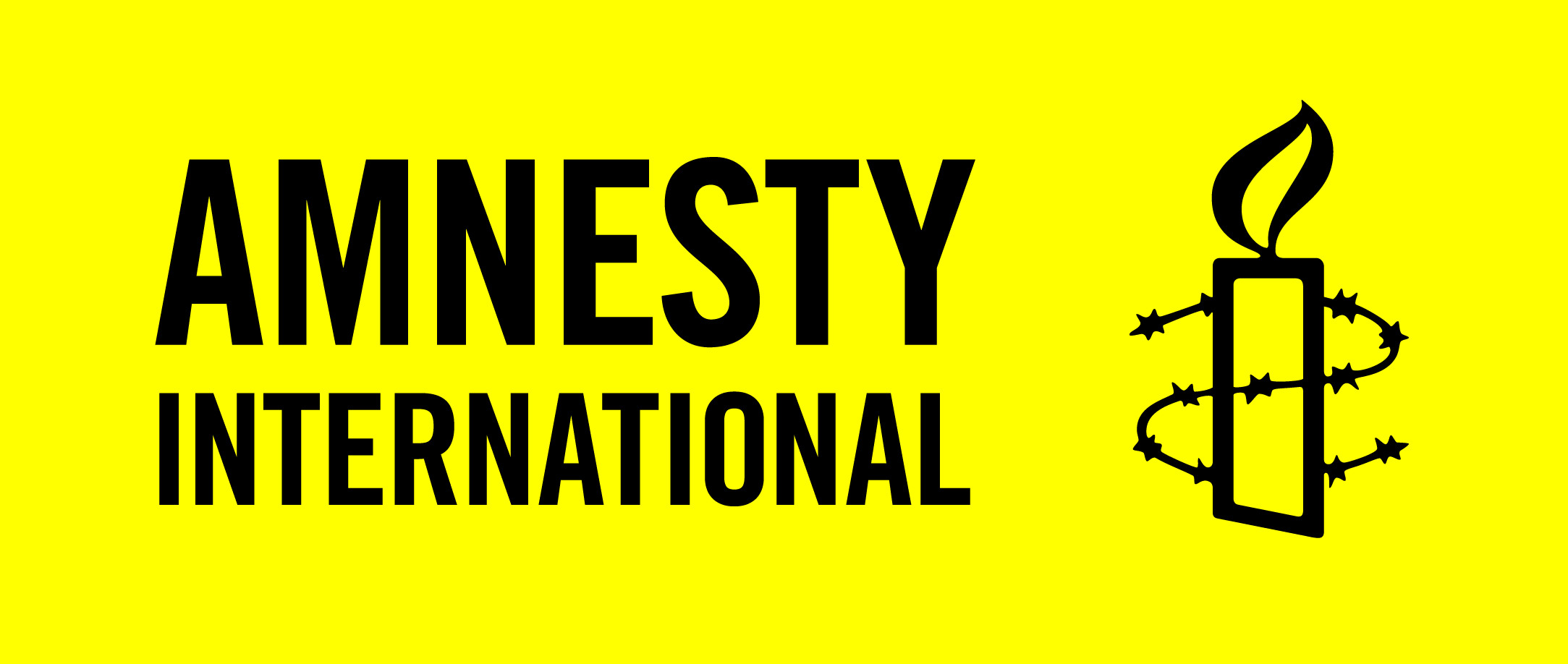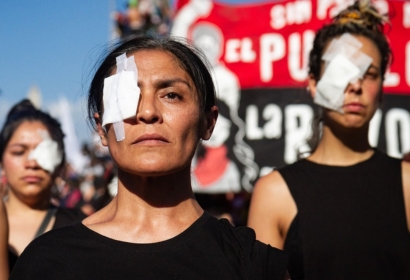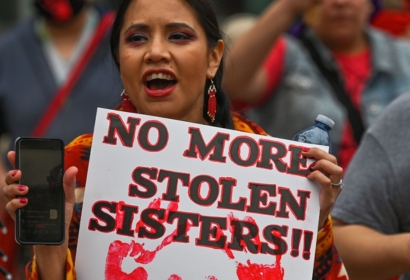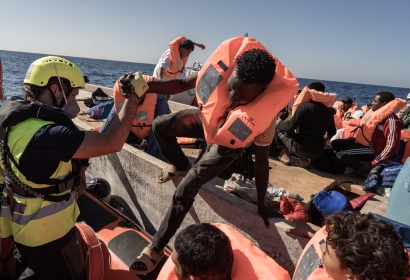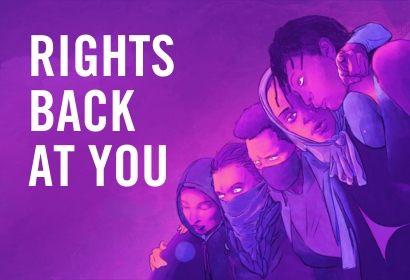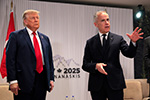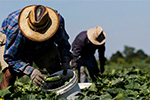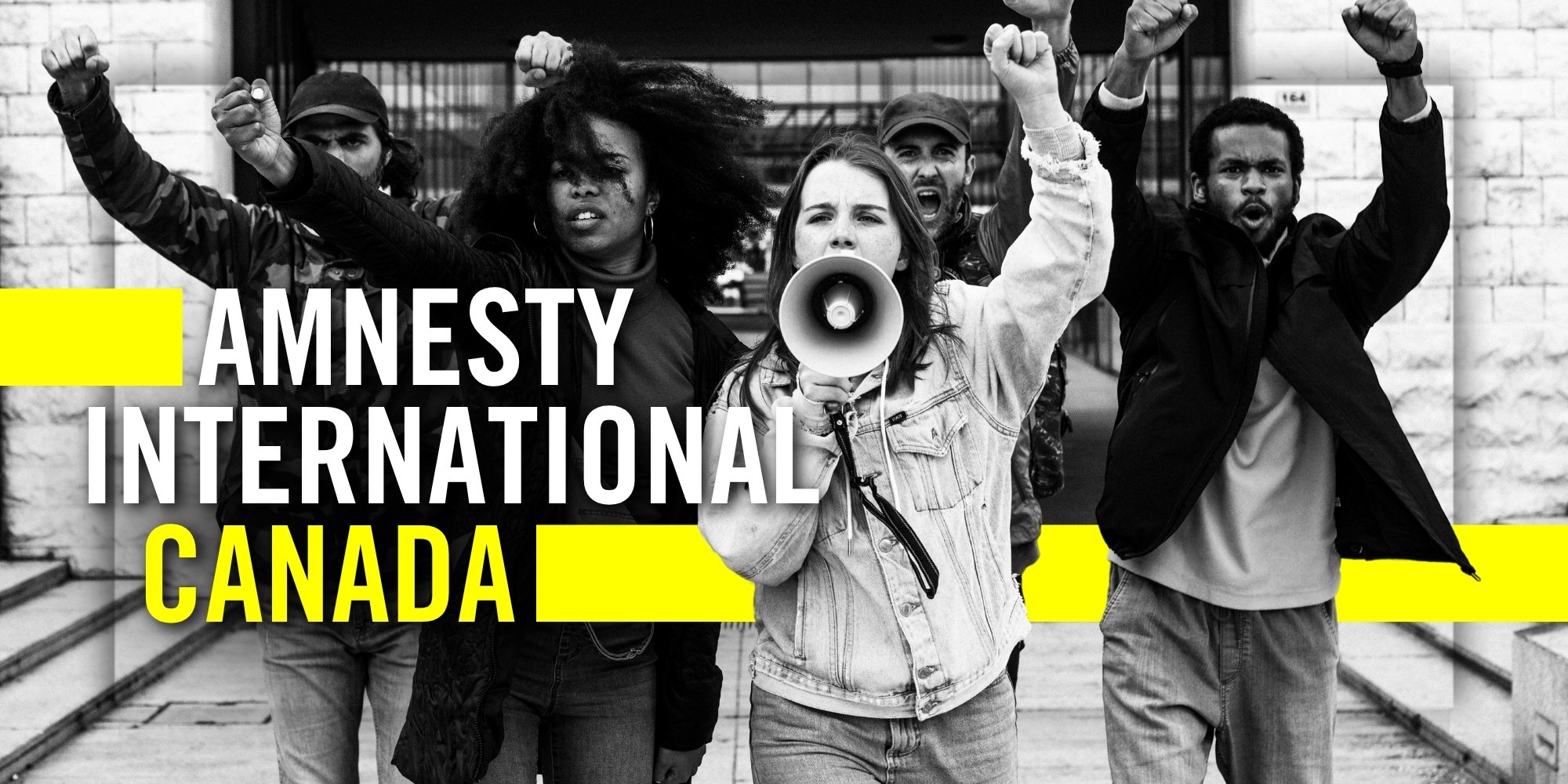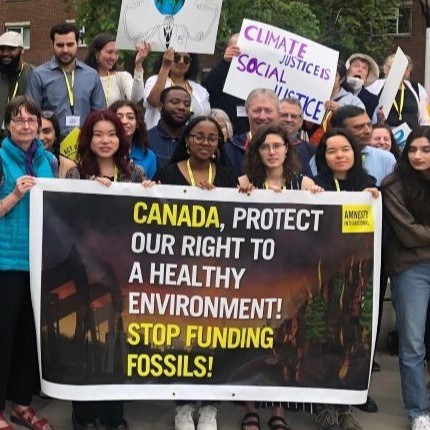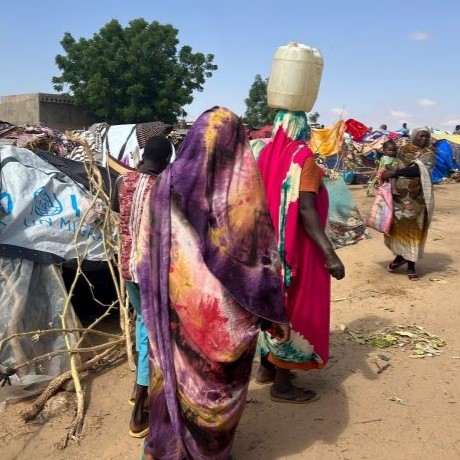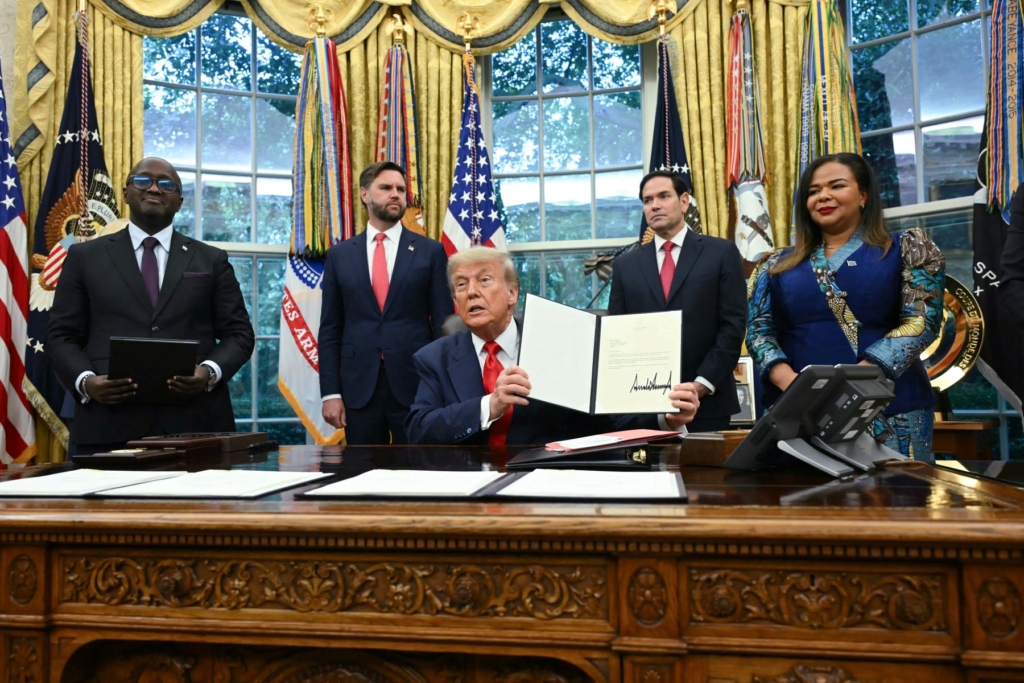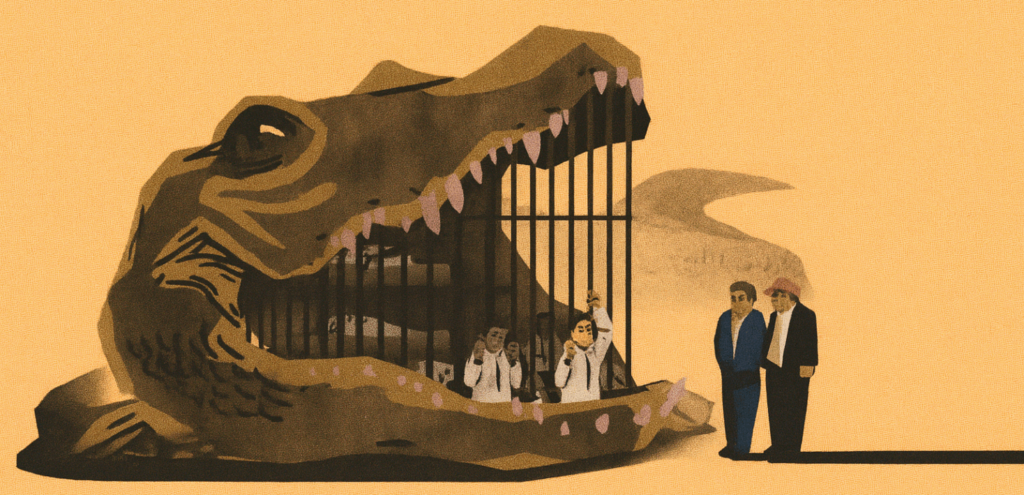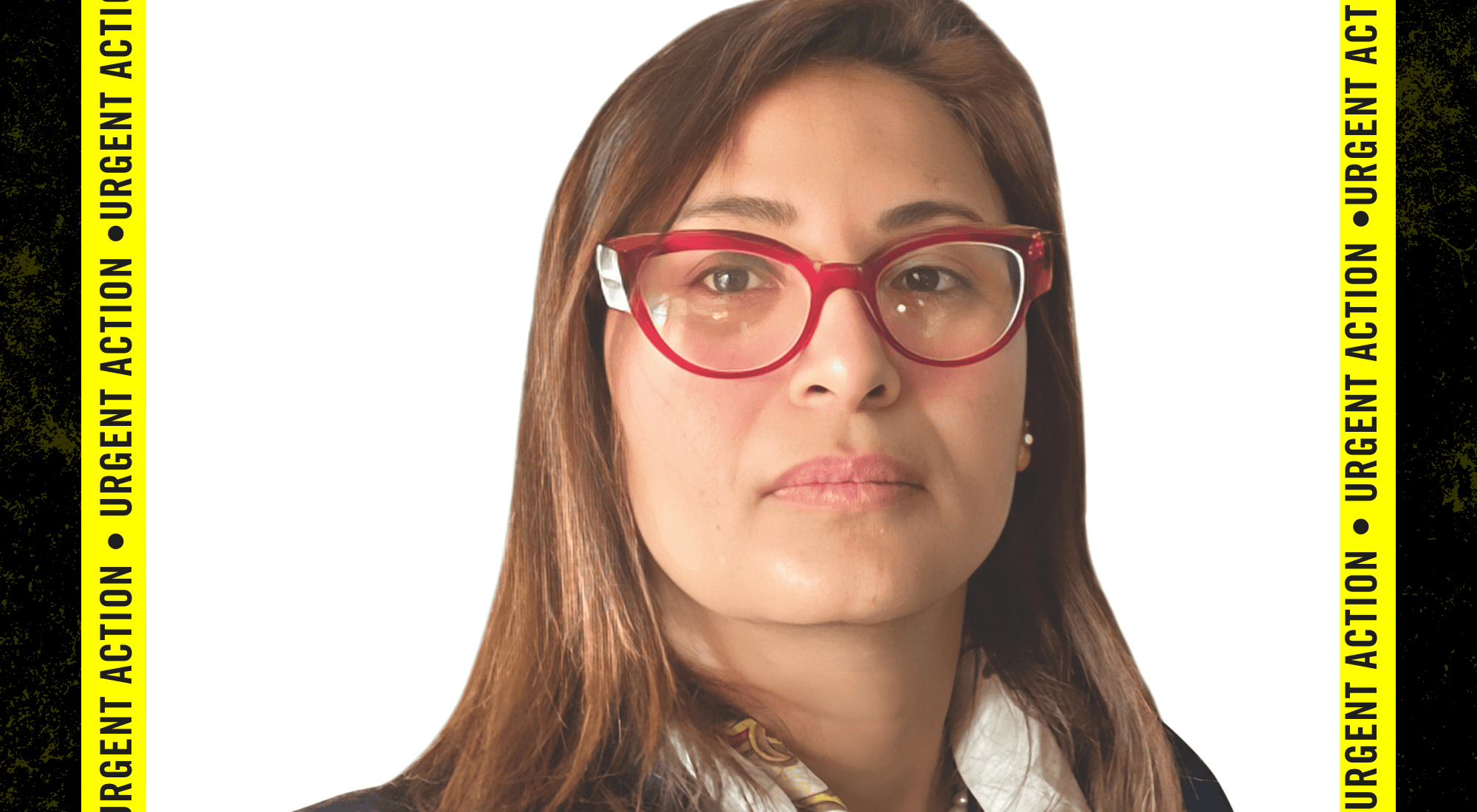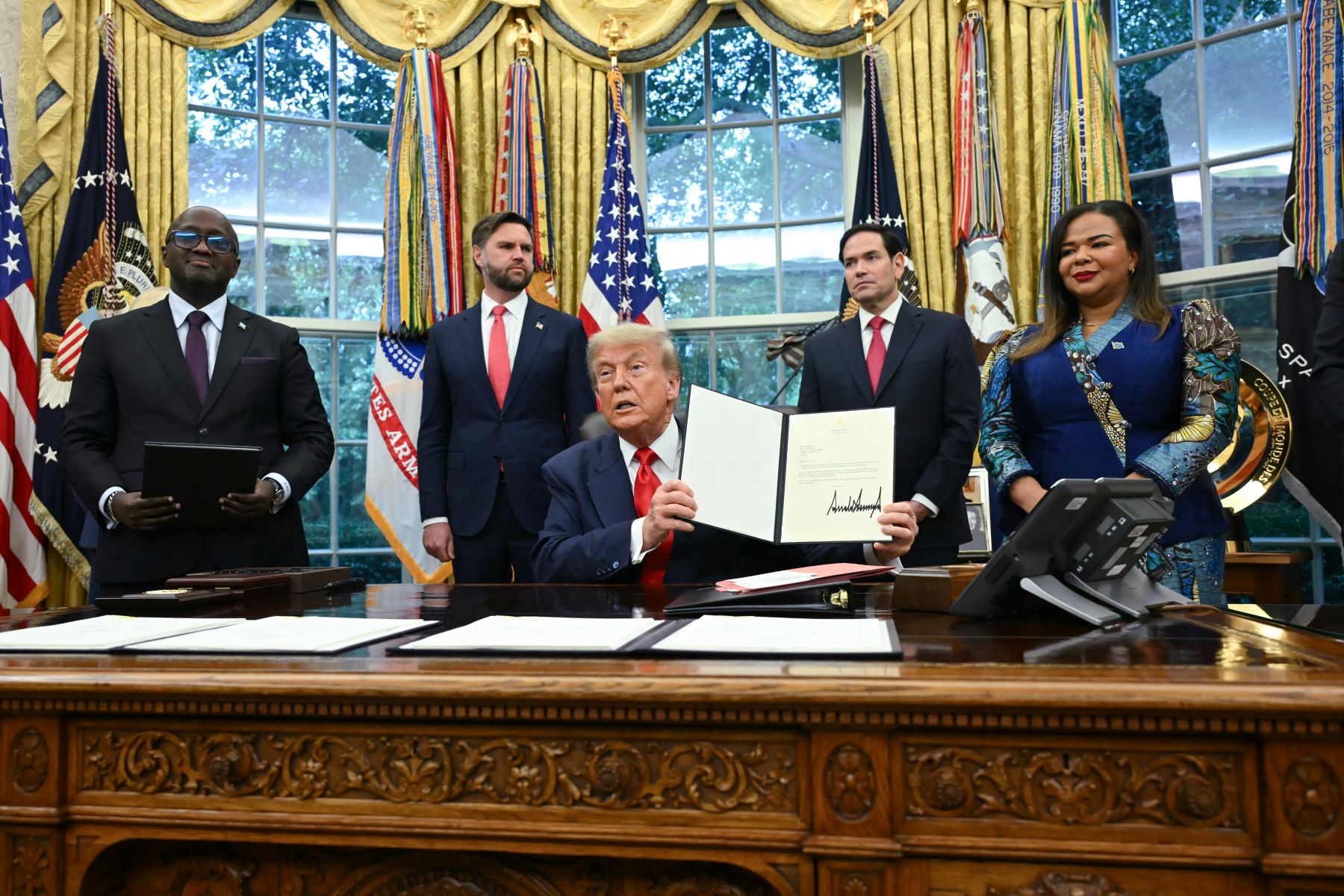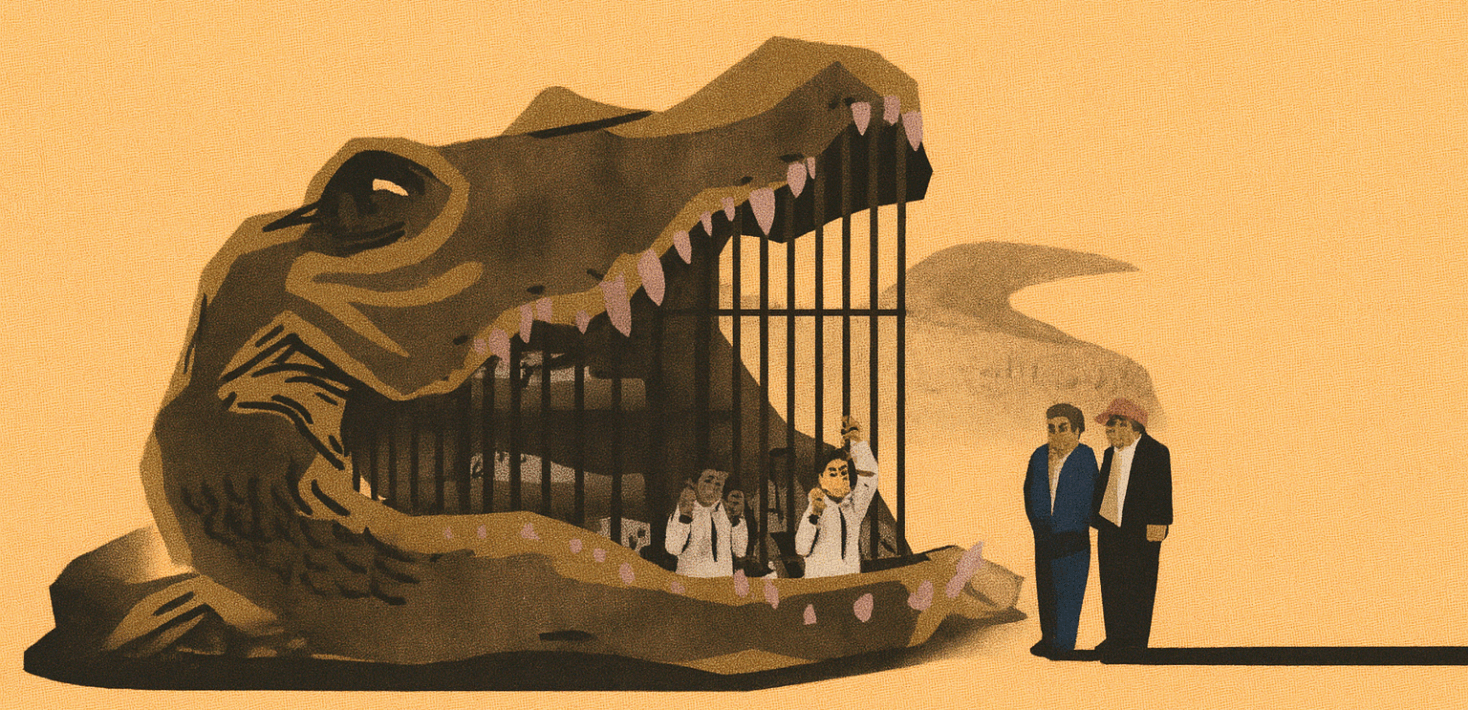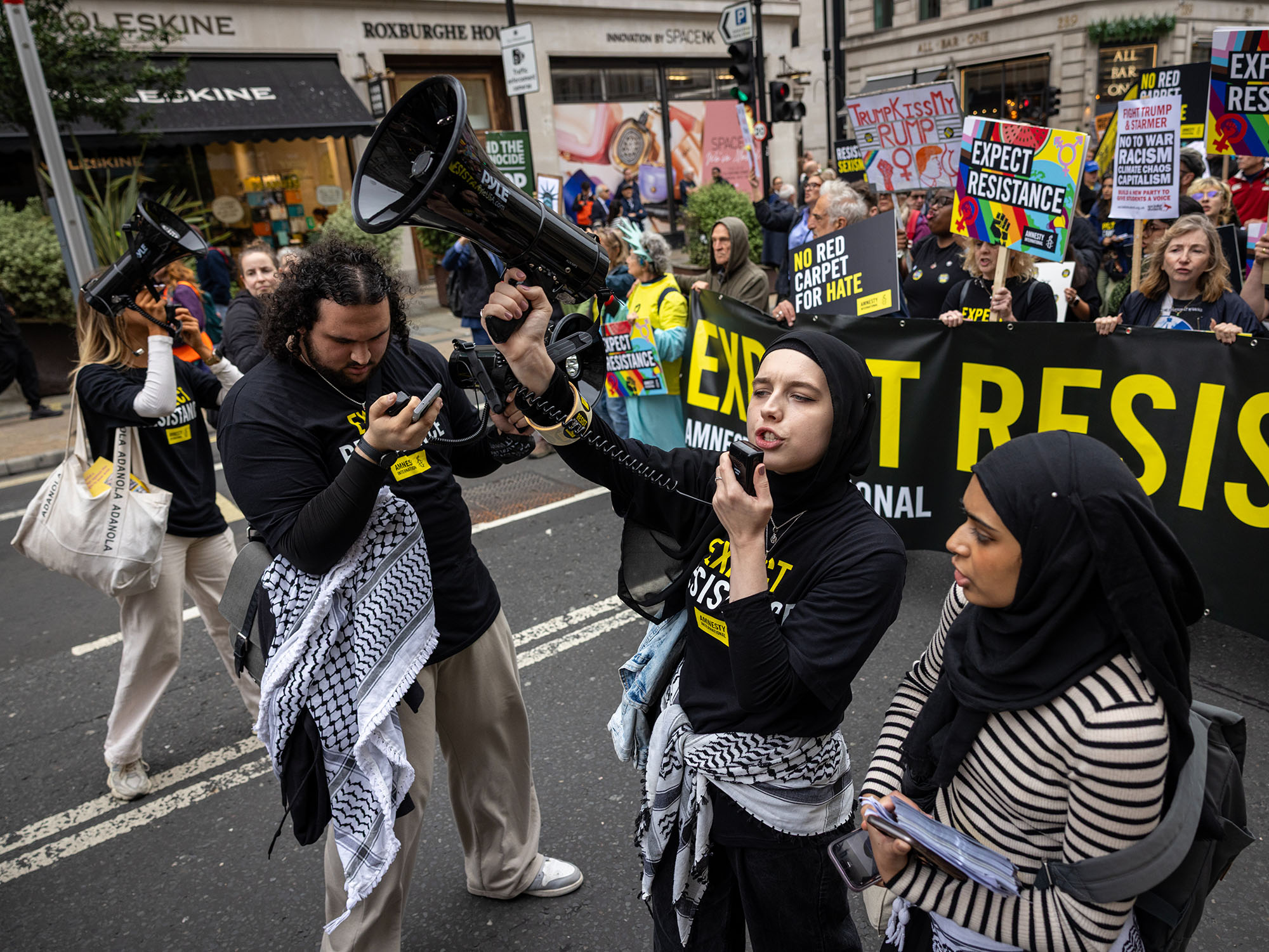By HyunGu Kang, Amnesty International Canada Youth Leader
,
On a sunny Sunday in late September, Amnesty Toronto’s Youth Leadership Council hosted our first public event in Toronto’s popular Kensington Market.
,
 On the one hand, we were terrified. This was the first time we’d be representing Amnesty to non-members, and we were eager to do a good job. On the other, we were resolved.
On the one hand, we were terrified. This was the first time we’d be representing Amnesty to non-members, and we were eager to do a good job. On the other, we were resolved.
,
It was one year since 43 students “disappeared” after being taken away by police in Mexico – one year in which authorities did far too little to find the missing students and seemed intent, instead, on a shameful cover-up. We knew this was unacceptable, and we wanted the public to know it, too.
,
Our team of eight high school student activists arrived bright and early to create an eye-catching booth in Kensington Market. With string, scissors, and some Scotch tape, we put up handmade posters around our table. We set up our social media action, a school bus with slogans and the faces of the disappeared. 
,
After a short pep talk, we grabbed our pens, petitions, and buddies before heading out into the crowd.
,
 Five hours later, we’d garnered some 700 signatures calling for action!
Five hours later, we’d garnered some 700 signatures calling for action!
,
We’d marched with the portraits of the 43 missing students, while chanting what their classmates and parents continue to chant: “They were taken away alive. We want them back alive!”
,
We’d met sympathetic listeners, and less sympathetic listeners. We were hopeful that our efforts would support those who continue to be impacted by this human tragedy.
,
It was amazing days later to receive a message from Hilda Legideño (photo below right), whose son Jorge Antonio is one of the missing students of Ayotzinapa. “Thank you for your solidarity,” she wrote. “It is now one year later and we still don’t know where our sons are. Yet we continue to do everything we can in the hope of finding them. The lies of the government have been exposed thanks to international organizations and the work you have been doing outside of Mexico. This has helped us so much. Please accept a sincere hug and thanks from all of the parents.”
is one of the missing students of Ayotzinapa. “Thank you for your solidarity,” she wrote. “It is now one year later and we still don’t know where our sons are. Yet we continue to do everything we can in the hope of finding them. The lies of the government have been exposed thanks to international organizations and the work you have been doing outside of Mexico. This has helped us so much. Please accept a sincere hug and thanks from all of the parents.”
,
Speaking out on behalf of Ayotzinapa’s 43 missing students is a campaign we’ve been involved in since April 2015. We were motivated by the evident similarities between the disappeared, who were students at a teacher-training college, and us, high school students from Toronto.
,
But there are other, deeper connections that tether all Canadians to Ayotzinapa’s loss.
,
 Under the North American Free Trade Agreement (NAFTA), Canada is a major partner with Mexico, which gives Canadians a uniquely powerful voice in this campaign. The 43 students are teacher-candidates, many of whom aimed to share their education with the marginalized, mostly Indigenous communities they grew up in. Empowering or respecting the human rights of Indigenous peoples, who own some of the most resource-laden land in the country, has never been a priority for the Mexican government. Canada has a similarly egregious history with regards to Indigenous rights, not only within our borders, but also in countries that host Canadian mining companies on their soil.
Under the North American Free Trade Agreement (NAFTA), Canada is a major partner with Mexico, which gives Canadians a uniquely powerful voice in this campaign. The 43 students are teacher-candidates, many of whom aimed to share their education with the marginalized, mostly Indigenous communities they grew up in. Empowering or respecting the human rights of Indigenous peoples, who own some of the most resource-laden land in the country, has never been a priority for the Mexican government. Canada has a similarly egregious history with regards to Indigenous rights, not only within our borders, but also in countries that host Canadian mining companies on their soil.
,
In fact, Canadians were seen as so important to the struggle to find the missing students that the mother of one of them, a surviving student and the lawyer of the disappeared visited numerous Canadian cities this spring.
,
I asked them, “How can Canadian youth contribute to your struggle?” Their response: “Keep the attention going. Rally your politicians to take a stand on this issue.”
,
This is what sustained us during the two-month planning period that preceded our action in Kensington Market.
,

,
We started with a common goal, and brainstormed ideas as a collective. We voted on the best way forward, deliberately selecting ideas that would attract people’s attention – for example, bright yellow posters and huge photos of the students. Instead of spreading our resources over many goals, we focused simply on getting petitions signed. We solved problems as they came, making our own posters when we discovered there weren’t many available in English. One member even broke a sandal, and solved that problem with a little bit of twine!
,
I guess the most important thing we learned is that commitment, ingenuity, and a healthy dose of panic go a long way in our work with Amnesty! Here’s to a new school year of activism, and the hope that by the end of it, Ayotzinapa’s disappeared students will be safe and sound with their families in Mexico!
